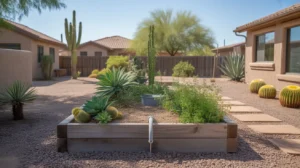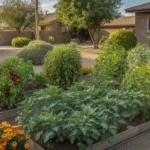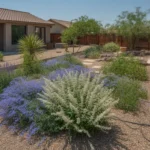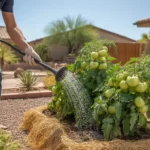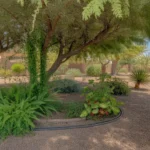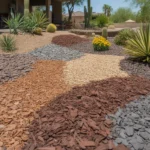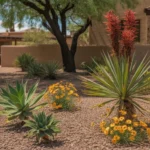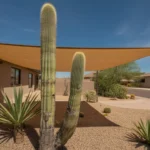Gardening in the arid climate of Chandler, Arizona, can be a challenge. With limited rainfall and intense heat, it’s essential to find water-wise solutions that help your plants thrive. One innovative approach gaining popularity among Chandler gardeners is the use of wicking beds. These self-watering raised beds offer a resilient and efficient way to maintain a lush garden, even in the driest conditions.
What are Wicking Beds?
Wicking beds are a type of raised garden bed that incorporates a water reservoir at the bottom. This reservoir is filled with a porous material, such as gravel or sand, which “wicks” moisture up into the soil above. As the plants’ roots absorb water from the soil, the reservoir continuously replenishes the moisture, creating a self-watering system.
The key components of a wicking bed include a waterproof liner to contain the reservoir, a filling pipe for adding water, an overflow pipe to prevent overwatering, and a layer of geotextile fabric to separate the soil from the reservoir. The soil mix used in wicking beds is typically a blend of organic matter, such as compost, and well-draining materials like perlite or vermiculite.
By maintaining consistent moisture levels in the soil, wicking beds reduce water loss through evaporation and minimize the frequency of watering required. This makes them an ideal solution for Chandler gardeners looking to conserve water while still enjoying a thriving garden.
Benefits of Wicking Beds in Chandler Gardens
Wicking beds offer numerous advantages for gardeners in Chandler’s arid climate. First and foremost, they significantly reduce water usage compared to traditional irrigation methods. By delivering water directly to the plants’ roots and minimizing evaporation, wicking beds can save up to 50% of the water typically used in gardens.
In addition to water conservation, wicking beds promote healthier plant growth. The consistent moisture levels prevent plants from experiencing stress due to fluctuations in water availability. This results in more robust root systems, increased disease resistance, and higher yields for edible crops.
Wicking beds also reduce the time and effort required for watering. Instead of daily watering, gardeners can fill the reservoir once every few days or even weeks, depending on the size of the bed and the plants’ water requirements. This hands-off approach is particularly beneficial during Chandler’s hot summer months when manual watering can be a daunting task.
Setting Up a Wicking Bed in Your Chandler Yard
Creating a wicking bed in your Chandler yard is a straightforward process that can be completed in a weekend. Start by choosing a location that receives the appropriate amount of sunlight for the plants you wish to grow. Consider the size of your bed based on the available space and your gardening needs.
To construct the bed, begin by excavating the area and lining it with a waterproof material, such as a pond liner or heavy-duty plastic. Install the filling pipe and overflow pipe, ensuring that the overflow is set at the desired water level. Fill the reservoir with gravel or sand, then cover it with geotextile fabric.
Next, add your prepared soil mix on top of the geotextile fabric. The soil should be a well-draining blend that includes organic matter to support plant growth. Once the bed is filled, you can begin planting your desired crops or ornamental plants.
Choosing Plants for Your Chandler Wicking Bed
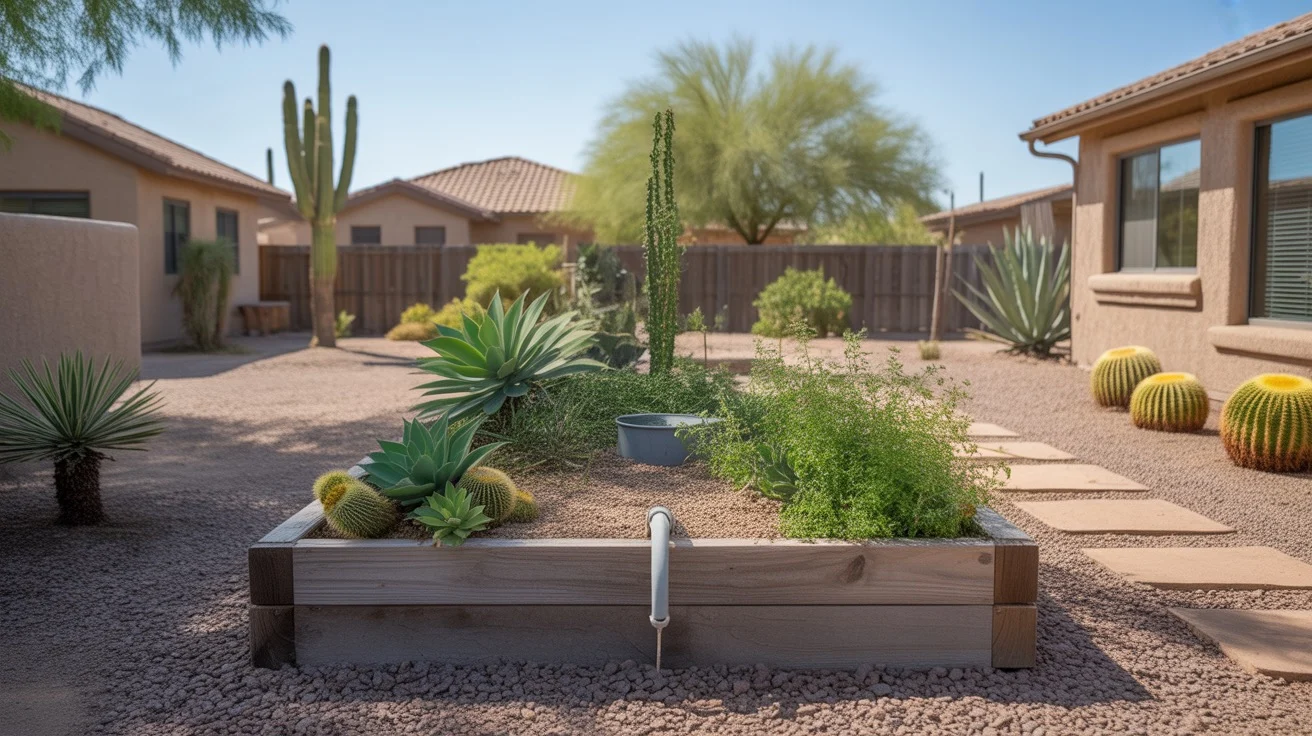
When selecting plants for your wicking bed, consider species that are well-suited to Chandler’s climate. Native and desert-adapted plants are excellent choices, as they are naturally resilient to arid conditions. Some popular options include:
- Succulents: Agave, aloe, and echeveria
- Cacti: Prickly pear, barrel cactus, and saguaro
- Perennials: Penstemon, gaillardia, and desert marigold
- Herbs: Rosemary, thyme, and sage
- Vegetables: Tomatoes, peppers, and eggplant
When planting in a wicking bed, be mindful of each plant’s water requirements. Group plants with similar watering needs together to ensure they receive the appropriate amount of moisture. Avoid overcrowding the bed, as this can lead to competition for water and nutrients.
Maintaining Your Chandler Wicking Bed
Maintaining a wicking bed in Chandler is relatively simple. Regularly check the water level in the reservoir and top it up as needed. The frequency of watering will depend on factors such as the size of the bed, the plants’ water requirements, and the local weather conditions.
Monitor your plants for signs of stress, such as wilting or yellowing leaves, which may indicate a need for adjustments in watering or nutrient levels. Regularly remove any dead or diseased foliage to maintain plant health and prevent the spread of issues.
To keep your wicking bed functioning optimally, periodically flush the reservoir to remove any accumulated salts or debris. This can be done by filling the reservoir to the overflow point and allowing the excess water to drain away.
Wicking Beds: A Water-Wise Solution for Chandler Gardeners
In the face of Chandler’s arid climate, wicking beds offer a resilient and efficient solution for gardeners seeking to maintain a thriving outdoor space. By providing consistent moisture to plants’ roots and reducing water loss through evaporation, these self-watering systems enable gardeners to conserve water while still enjoying a lush and vibrant garden.
Whether you’re an experienced gardener or just starting out, incorporating wicking beds into your Chandler yard is a smart choice. With their water-saving benefits, reduced maintenance requirements, and ability to support a wide range of plants, wicking beds are a powerful tool for creating a beautiful and sustainable garden in the heart of the desert.
So, embrace the power of wicking beds and discover the joy of resilient gardening in Chandler. With this innovative approach, you can transform your arid landscape into an oasis of life and beauty, one water-wise bed at a time.

